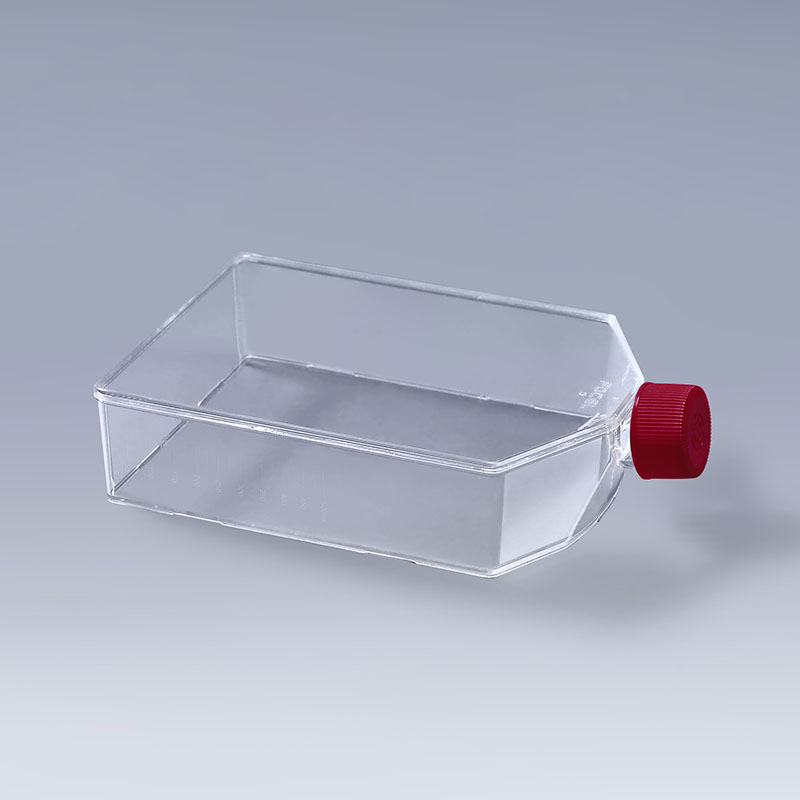Cell culture is a kind of aseptic operation technology, which requires that the working environment and conditions must be free from microbial contamination and not affected by other harmful factors. Cell culture flasks are commonly used consumables in cell experiments. No DNA and RNase are the basic requirements for consumables. So how can cell culture flasks be DNA- and RNase-free?
The cell culture room and the design principle are to prevent microbial contamination and harmful factors, and require a clean working environment, fresh air, dryness and no smoke. The production workshops for cell culture flasks and other consumables are all 100,000-level GMP workshops, and the production workshops for human drugs are also 100,000-level. Therefore, products produced under such conditions are generally free of DNA and RNA enzymes. And after the finished product comes out, it will also use DNA and RNA degradation experiments to test the product, and only qualified products can leave the factory.
Qualified cell culture flasks are a key factor to ensure cell growth. Consumables and utensils used in cell culture should be autoclaved in time, and they should be re-sterilized if they are not used for more than a week after sterilization. The prepared complete medium, pancreatin, PBS, etc. are best used up within a week. At the same time, check the cell status every day. In the cell room, you should reduce walking and talk as little as possible. If you cough or sneeze, be sure to turn your back to the ultra-clean table. Keep the laboratory's environmental sanitation and lay the foundation for the success of the cell experiment.
The FAI climbed 5.9 percent year-on-year in the first 11 months of 2018, quickening from the 5.7-percent growth in Jan-Oct, the National Bureau of Statistics (NBS) said Friday in an online statement.
The key indicator of investment, dubbed a major growth driver, hit the bottom in August and has since started to rebound steadily.
In the face of emerging economic challenges home and abroad, China has stepped up efforts to stabilize investment, in particular rolling out measures to motivate private investors and channel funds into infrastructure.
Friday's data showed private investment, accounting for more than 60 percent of the total FAI, expanded by a brisk 8.7 percent.
NBS spokesperson Mao Shengyong said funds into weak economic links registered rapid increases as investment in environmental protection and agriculture jumped 42 percent and 12.5 percent respectively, much faster than the average.
In breakdown, investment in high-tech and equipment manufacturing remained vigorous with 16.1-percent and 11.6-percent increases respectively in the first 11 months. Infrastructure investment gained 3.7 percent, staying flat. Investment in property development rose 9.7 percent, also unchanged.
 English
English



















































